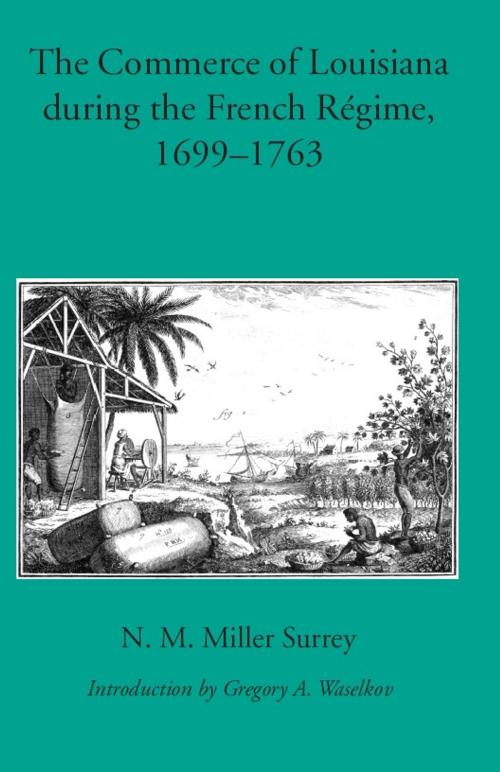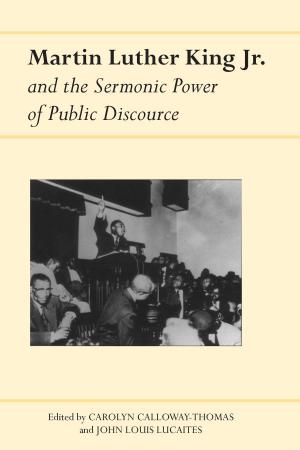The Commerce of Louisiana During the French Regime, 1699-1763
Nonfiction, Social & Cultural Studies, Social Science, Anthropology| Author: | N. M. Miller Surrey | ISBN: | 9780817384135 |
| Publisher: | University of Alabama Press | Publication: | November 22, 2015 |
| Imprint: | University Alabama Press | Language: | English |
| Author: | N. M. Miller Surrey |
| ISBN: | 9780817384135 |
| Publisher: | University of Alabama Press |
| Publication: | November 22, 2015 |
| Imprint: | University Alabama Press |
| Language: | English |
This volume reveals the wider scope of the French political and economic situation, as well as the minutiae of common barter and trade in Louisiana during the French Régime.
By the time French colonists sought a portion of the New World’s riches, much of those resources had already been claimed by Spain and Portugal. Once settled in North America, however, they quickly turned their attentions to commerce, specifically to trade within the Louisiana region. For almost 65 years French explorers, soldiers, administrators, and accountants focused on establishing a string of forts and small villages at key points in the Mississippi and Illinois River valleys, eastward to the Mobile River drainage, and westward toward New Mexico. Despite a long and costly war at home, for a time it looked as though the French would be successful in controlling a vast swath of the middle of North America with routes stretching from Quebec City to New Orleans.
Under the guidance of leaders such as LaSalle, Joliet, Father Marquette, Frontenac, Hennepin, and Bienville, the French made a good start in the lucrative trading business and established working relationships with most of the Indians of the region. But by 1763, with war in Europe and a faltering economy at home, commerce in the New World eroded along with the ability of the French to control the region and to protect their investments from the encroachment of the Spanish and English.
This volume reveals the wider scope of the French political and economic situation, as well as the minutiae of common barter and trade in Louisiana during the French Régime.
By the time French colonists sought a portion of the New World’s riches, much of those resources had already been claimed by Spain and Portugal. Once settled in North America, however, they quickly turned their attentions to commerce, specifically to trade within the Louisiana region. For almost 65 years French explorers, soldiers, administrators, and accountants focused on establishing a string of forts and small villages at key points in the Mississippi and Illinois River valleys, eastward to the Mobile River drainage, and westward toward New Mexico. Despite a long and costly war at home, for a time it looked as though the French would be successful in controlling a vast swath of the middle of North America with routes stretching from Quebec City to New Orleans.
Under the guidance of leaders such as LaSalle, Joliet, Father Marquette, Frontenac, Hennepin, and Bienville, the French made a good start in the lucrative trading business and established working relationships with most of the Indians of the region. But by 1763, with war in Europe and a faltering economy at home, commerce in the New World eroded along with the ability of the French to control the region and to protect their investments from the encroachment of the Spanish and English.















